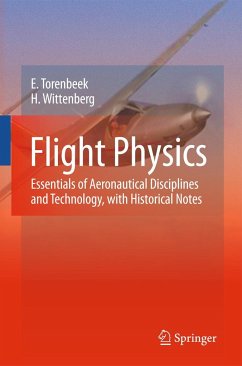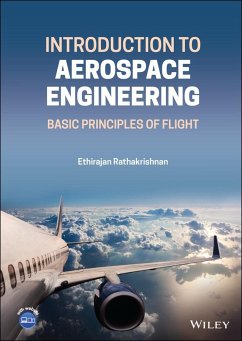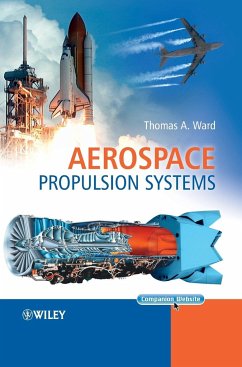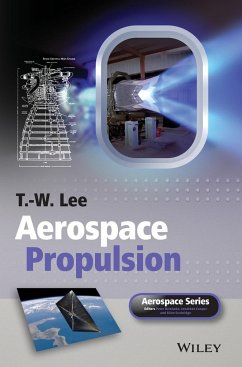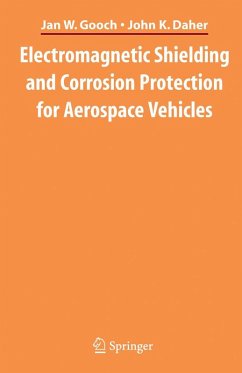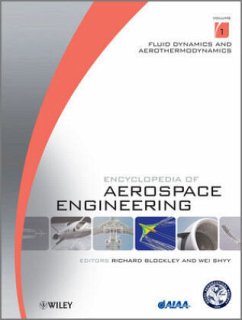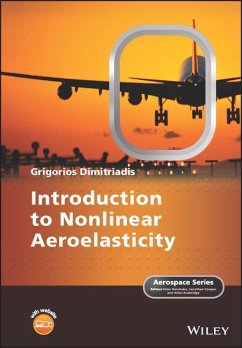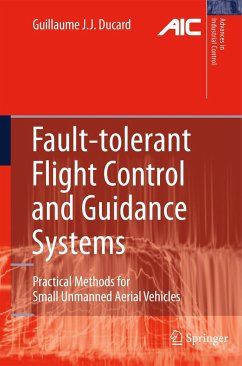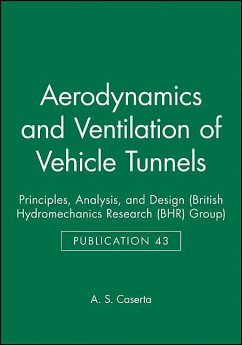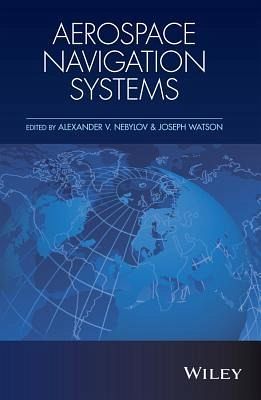
Aerospace Navigation Systems
Versandkostenfrei!
Versandfertig in über 4 Wochen
113,99 €
inkl. MwSt.
Weitere Ausgaben:

PAYBACK Punkte
57 °P sammeln!
Compiled by leading authorities, Aerospace Navigation Systems is a compendium of chapters that present modern aircraft and spacecraft navigation methods based on up-to-date inertial, satellite, map matching and other guidance techniques. Ranging from the practical to the theoretical, this book covers navigational applications over a wide range of aerospace vehicles including aircraft, spacecraft and drones, both remotely controlled and operating as autonomous vehicles. It provides a comprehensive background of fundamental theory, the utilisation of newly-developed techniques, incorporates the ...
Compiled by leading authorities, Aerospace Navigation Systems is a compendium of chapters that present modern aircraft and spacecraft navigation methods based on up-to-date inertial, satellite, map matching and other guidance techniques. Ranging from the practical to the theoretical, this book covers navigational applications over a wide range of aerospace vehicles including aircraft, spacecraft and drones, both remotely controlled and operating as autonomous vehicles. It provides a comprehensive background of fundamental theory, the utilisation of newly-developed techniques, incorporates the most complex and advanced types of technical innovation currently available and presents a vision for future developments. Satellite Navigation Systems (SNS), long range navigation systems, short range navigation systems and navigational displays are introduced, and many other detailed topics include Radio Navigation Systems (RNS), Inertial Navigation Systems (INS), Homing Systems, Map Matching and other correlated-extremalsystems, and both optimal and sub-optimal filtering in integrated navigation systems.




